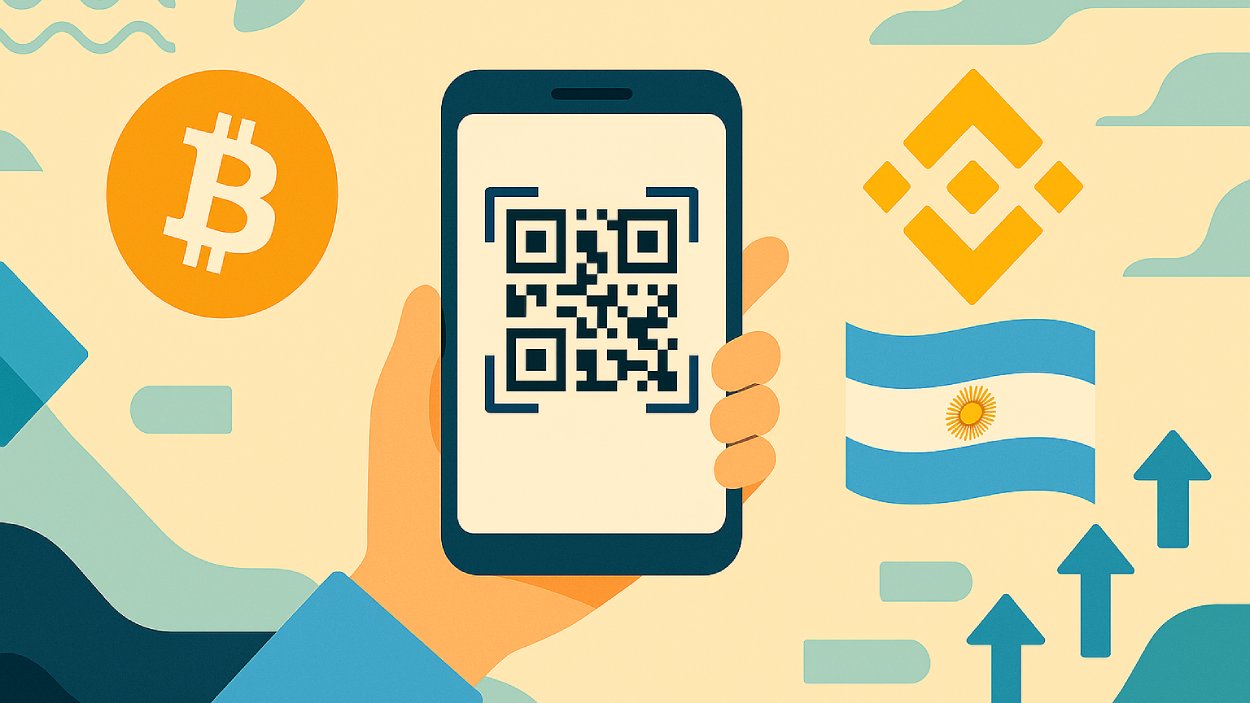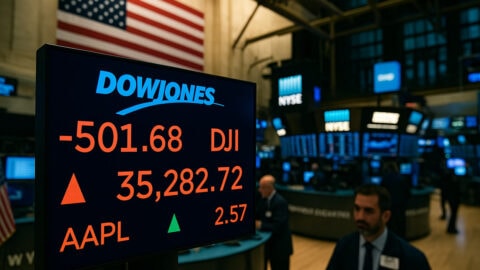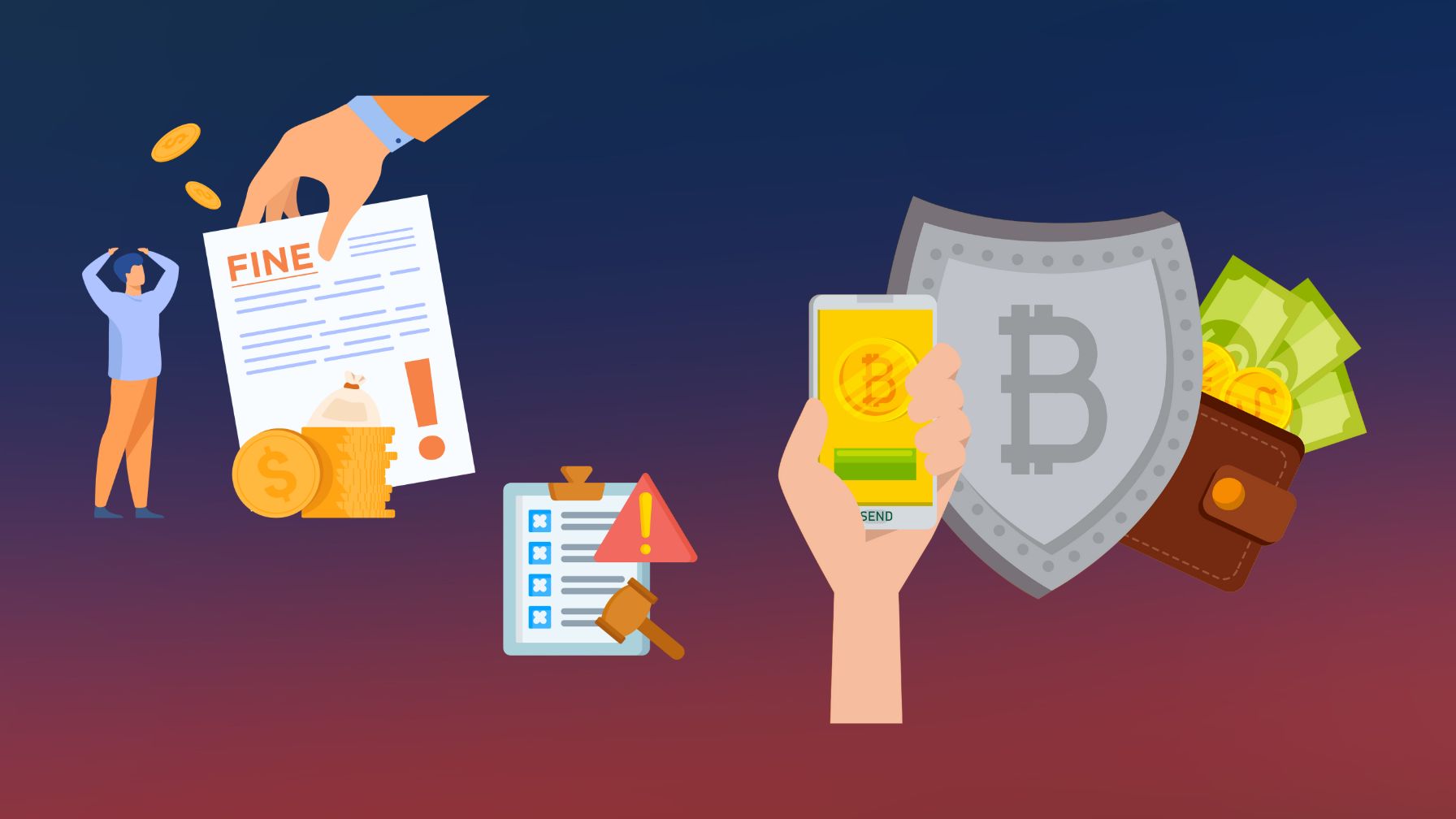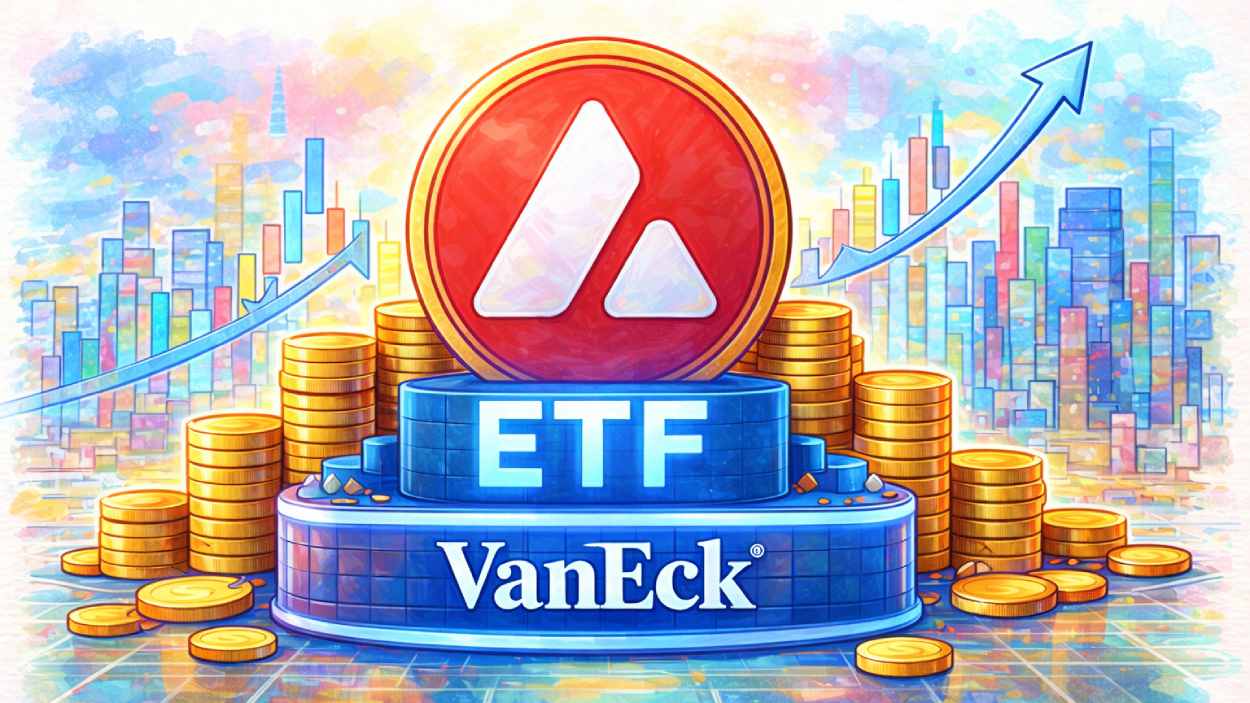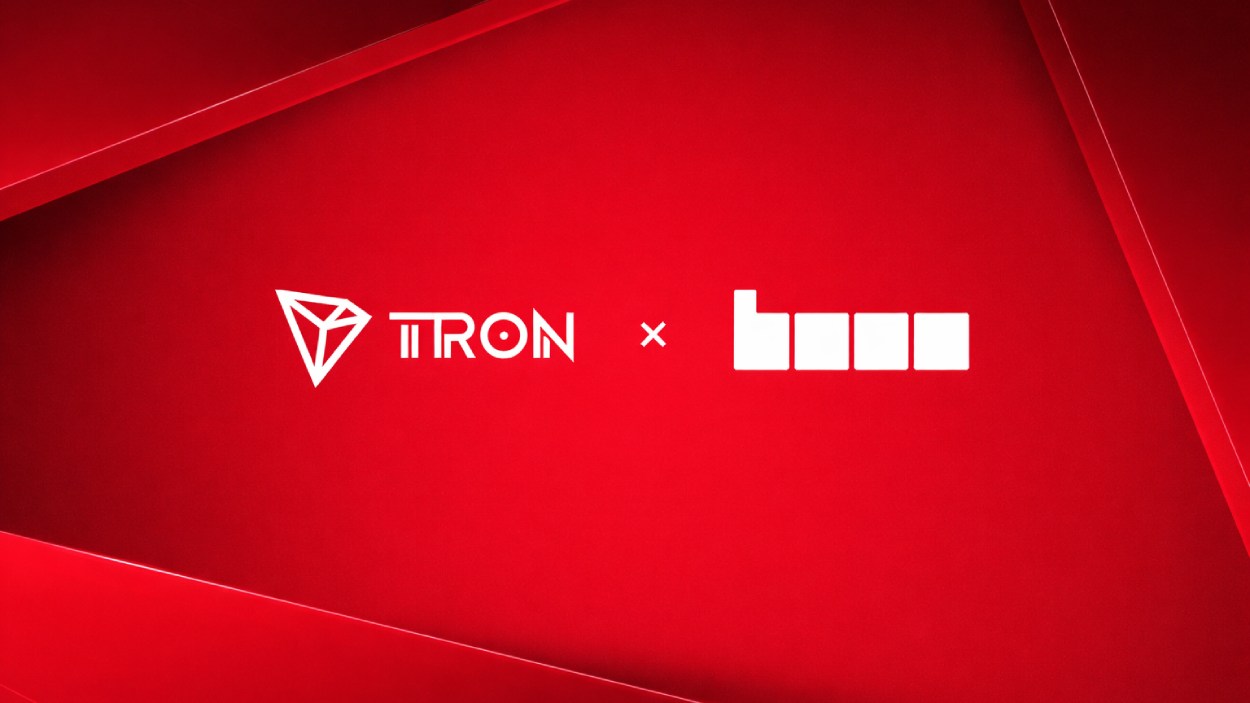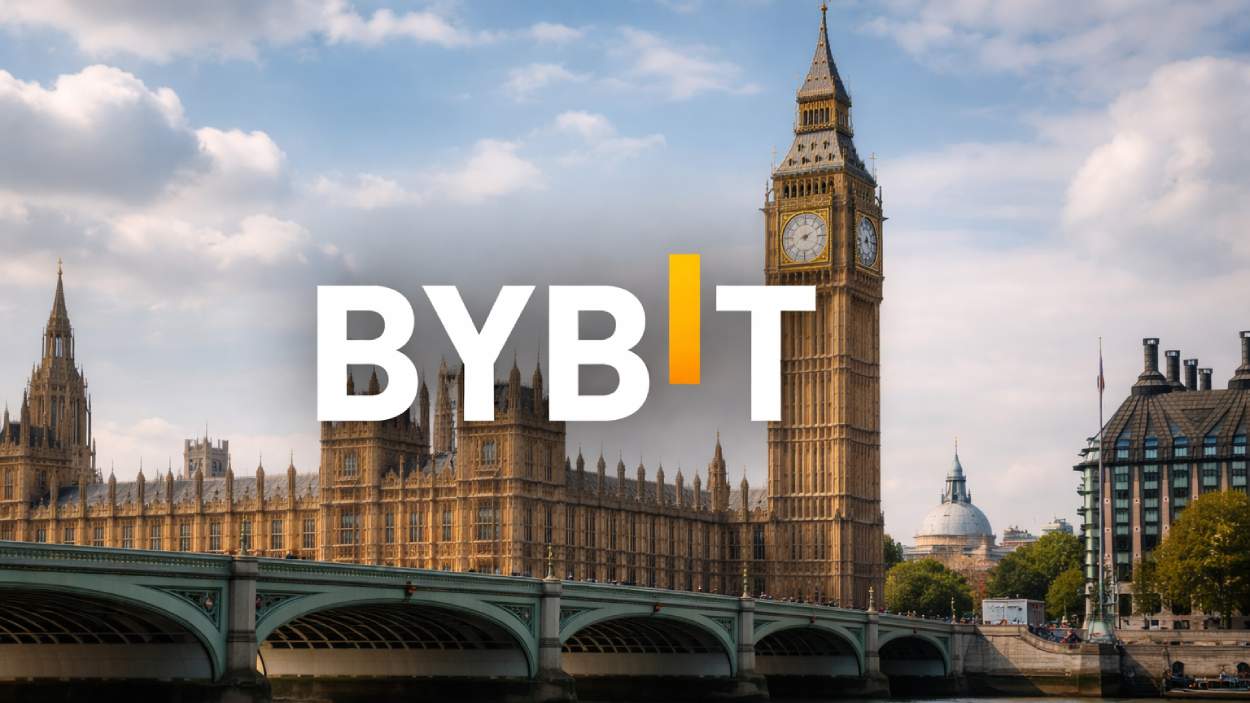The global crypto exchange Binance has introduced a QR code payment system in Argentina, allowing users to spend cryptocurrencies at everyday merchants with no fees.
Key Takeaways
- Binance’s new feature enables Argentinians to pay at QR enabled merchants using more than 100 cryptocurrencies, including BTC and USDT, without fees.
- The platform automatically converts crypto into Argentine pesos at the current market rate via a local regulated partner, ensuring merchants receive fiat currency while users spend digital assets.
- The move comes amid Argentina’s economic instability and high inflation, offering an alternative payment method and a potential boost to financial inclusion.
What Happened?
Binance has rolled out its QR code payment feature in Argentina, letting users scan a merchant’s code in the Binance app, select a cryptocurrency from their wallet, and complete the payment in seconds. Behind the scenes, the system automatically handles conversion into pesos and initiates settlement to the merchant.
The company emphasizes that the feature carries no fees, supports over 100 crypto assets, and works with balances held in Spot, Earn or Funding accounts within the Binance ecosystem.
Proud to share that #Binance has taken another leap forward in Argentina with the launch of our crypto QR payment system! 🇦🇷
— Richard Teng (@_RichardTeng) October 30, 2025
Our users can now pay with crypto anywhere QR codes are accepted — instantly, securely, and without fees — right from the app. It’s exciting to see how…
Argentina’s Economic Landscape
Argentina has been grappling with soaring inflation and a weakening peso, with inflation rates surpassing 100 percent, creating pressure on traditional banking and payment systems. Many citizens have turned to cryptocurrencies as a hedge or alternative.
At the same time, QR based crypto payments are already widely used in Argentina’s retail environment, making the country an apt setting for introducing crypto payments in a familiar format.
How the QR Payment System Works?
- Users must have a verified Binance account and a positive crypto balance.
- In the Binance app they tap the Scan icon, scan the merchant’s QR code, choose the cryptocurrency, and confirm the payment.
- Binance automatically converts the cryptocurrency to Argentine pesos through a local partner at the prevailing market rate. The merchant receives pesos while the user spends their crypto.
- Users do not incur any conversion or transaction fees while making payments.
Why This Matters?
For users in Argentina, this innovation offers a practical route to spending cryptocurrencies in everyday life, paying for coffee, groceries or transport without needing to first convert their holdings into cash or navigate complex setups. The familiar QR payment method lowers the barrier to entry.
For merchants, the system removes the burden of managing crypto themselves while presenting access to a growing pool of crypto savvy customers. This could foster greater adoption of digital assets in commerce.
In broader terms, Binance’s move signals a step toward digital asset integration into real world finance in regions where traditional systems face stress.
Challenges and Considerations
- Regulatory clarity remains a concern. Although crypto usage is growing, the legal status and banking interface for such payments in Argentina are still evolving.
- Security and user trust matter. As new payment methods roll out, users must ensure their crypto holdings and wallet usage remain protected from fraud or phishing.
- Merchant uptake and consumer behavior will determine success. Even if the infrastructure is there, real world adoption depends on usability, awareness and incentives.
CoinLaw’s Takeaway
In my experience, innovations like this from Binance are more than just techno novelties. They represent real steps toward crypto’s usefulness beyond trading. Users in Argentina now have a viable way to spend digital assets at physical merchants without conversion hassle. That said, I believe the success will hinge on how quickly everyday consumers and merchants embrace the change, and how regulators respond. For now, the move appears strong, timely and well targeted. As someone who watches crypto payments across regions, I find this particularly meaningful in a market under economic pressure like Argentina.

